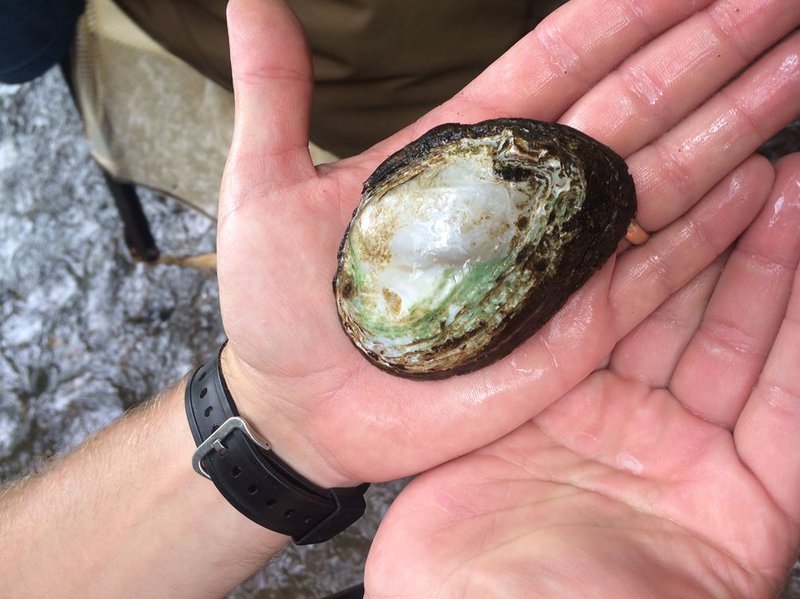For Immediate Release, November 2, 2020
|
Contact: |
Tierra Curry, (928) 522-3681, tcurry@biologicaldiversity.org |
Alabama Mussel Proposed for Endangered Species Act Protection, Protected Critical Habitat
BIRMINGHAM, Ala.— In response to a petition and 2016 lawsuit from the Center for Biological Diversity, the U.S. Fish and Wildlife Service proposed today to protect the Canoe Creek clubshell under the Endangered Species Act, with 36 river miles of proposed critical habitat in St. Clair and Etowah counties.
The Canoe Creek clubshell (Pleurobema athearni) is a freshwater mussel that lives only in Big Canoe Creek and Little Canoe Creek West, tributaries of the Coosa River in northeast Alabama.
“North America has already lost 35 species of freshwater mussels to extinction, so it’s great news that the Canoe Creek clubshell is finally getting Endangered Species Act protection,” said Tierra Curry, a senior scientist at the Center. “With a recovery plan and captive restoration program, the clubshell won’t become the next irreplaceable wild animal we lose forever.”
The Center, along with Alabama Rivers Alliance and other allies, first petitioned for protection of the mussel in 2010. The species is threatened by runoff from agriculture and forestry, water pollution from development around Ashville, Springville and Steele, and severe drought events from global climate change. There are two populations, but they are separated from each other by the H. Neely Henry Reservoir.
The Canoe Creek clubshell was first described in 2006, when scientists realized it differs from other similar species it had been grouped with historically. Only 25 mussels were found in recent surveys, and all were aging adults, indicating there’s no successful reproduction. Adult mussels live up to 35 years.
The Canoe Creek clubshell is about 3.5 inches long, with a dark-yellow to brown outer shell, an iridescent mother-of-pearl white inner shell and a salmon-orange soft body. It reproduces by releasing its larvae into little packets that look like fish prey items, but when fish eat them, the larvae attach onto the fish’s gills until they transform into tiny mussels and drop onto the creek bottom to begin life on their own. The Canoe Creek clubshell’s host fish are the Alabama shiner, tricolor shiner and striped shiner.
“Alabama should be just as proud of its diversity of freshwater animals as it is of its football team,” said Curry. “Alabama has more species of freshwater mussels than any other state, and mussels are important for water quality and in the food web. Roll Clubshell!”
The southeastern United States is the world center of freshwater mussel diversity, but the region has already lost 23 species to extinction. Nearly 70% of mussels are at risk of extinction due to dams, historical collection to make buttons, water pollution and climate change.

The Center for Biological Diversity is a national, nonprofit conservation organization with more than 1.7 million members and online activists dedicated to the protection of endangered species and wild places.

